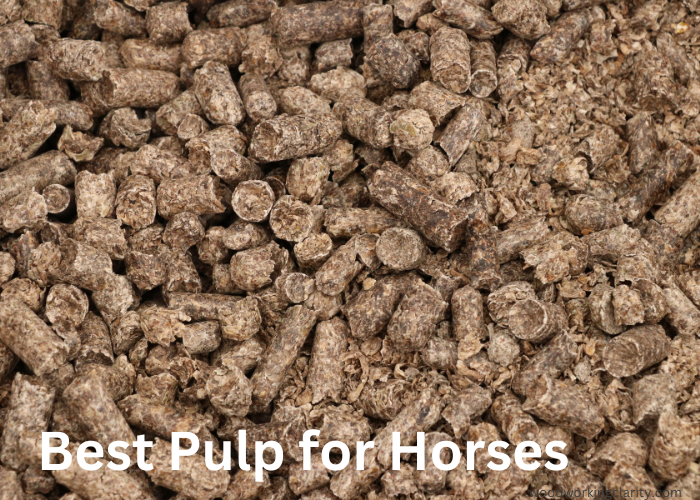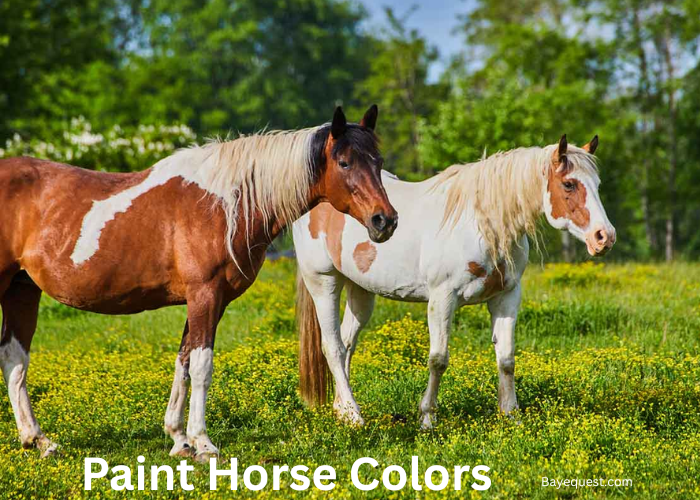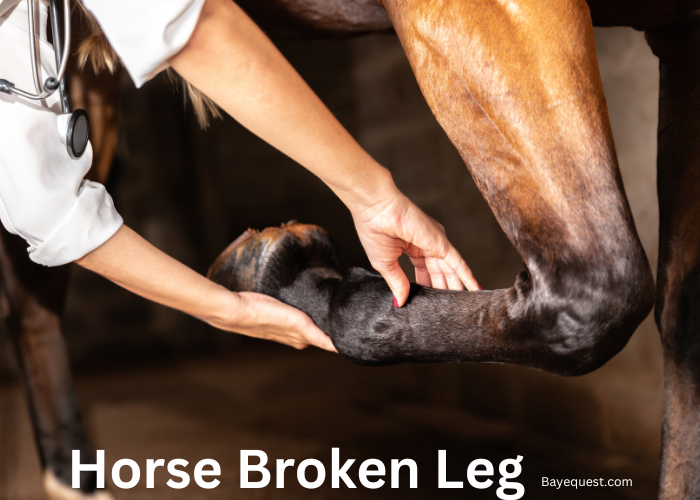Beet pulp isn’t flashy, but it’s a game-changer for horses.
It’s packed with fiber and provides easy-to-digest energy. Horses love it, and their stomachs do too.
This feed is low in sugar and high in nutrients. It supports digestion, weight gain, and steady energy.
Think of it as a simple way to keep your horse happy and healthy.
Whether your horse needs extra calories or just a tasty meal, beet pulp is a smart choice. It’s the overlooked feed that does more than you think.
Beet Pulp for Horses: Key Takeaway
Beet pulp is a high-fiber feed that provides horses with slow-release energy. It’s low in sugar, easy to digest, and supports weight gain and hydration. Available in shredded or pelleted form, it must be soaked before feeding to prevent choking. This nutritious supplement helps maintain gut health and balanced nutrition.
What is Beet Pulp?
Beet pulp is a fibrous byproduct that comes from sugar beets after the sugar has been extracted. It’s what’s left behind when sugar beet roots are processed for sugar production.
Despite being a byproduct, beet pulp is valued as a feed supplement for horses due to its high fiber content and low sugar levels.
It comes in two forms: shredded and pelleted. Shredded beet pulp is loose and looks like small strips, while pelleted beet pulp is compressed into small, round pellets.
Both types need to be soaked in water before feeding to horses to prevent choking and ensure safe consumption.
Beet pulp is easy to digest and is often used to add bulk and calories to a horse’s diet without adding too much sugar or starch.
How is Beet Pulp Made?
Beet pulp comes from sugar beets after they’ve been processed for sugar.
Here’s how it works:
First, the sugar beets are harvested and cleaned to remove dirt and debris. Then, they’re sliced into thin strips, called cassettes.
These strips are put through a hot water process to extract the sugar. The result? What’s left behind is the fibrous part of the beet—this is the beet pulp.
Next, the pulp goes through a pressing process to remove most of the water. At this stage, it’s still quite wet and heavy.
To make it more useful as feed, the beet pulp is dried. This can happen in two ways: it can be shredded into loose pieces, or it can be compressed into small pellets.
The drying makes it lightweight and easy to store, but it’s important to soak it before feeding, as it can expand and cause choking if given dry.
In its final form, beet pulp is sold in bags or bulk. It doesn’t look like much—just some dried shreds or pellets—but it’s packed with fiber and nutrition that horses love.
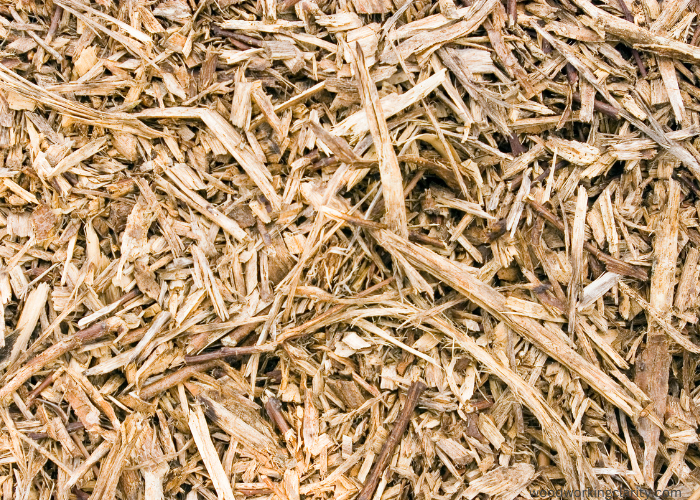
How to Feed Horses Beet Pulp
Feeding beet pulp to horses isn’t tricky, but there’s a right way to do it.
Start by soaking it. This step is key. Dry beet pulp can swell when it gets wet, so you don’t want it expanding in your horse’s throat.
It can cause choke, and that’s no fun for anyone. So, grab a bucket, add water, and let it soak.
For shredded beet pulp, 15 to 30 minutes is usually enough. Pellets take a bit longer, maybe an hour or more, to get nice and soft.
Once it’s soaked and fluffy, mix it with their regular feed. You can add a bit at a time to get them used to it.
Some horses take to it right away, while others might need a little more convincing. Start with small amounts and see how they handle it. You can increase the portion slowly over a week or so.
Remember, beet pulp isn’t a complete feed. It’s a supplement. It works best when balanced with hay, grains, or whatever else they’re eating.
And don’t overdo it. Too much can upset their stomach or pack on unwanted pounds.
Aim for one to two pounds of dry beet pulp per day for an average horse. Always check with your vet or an equine nutritionist if you’re not sure.
Nutritional Benefits of Beet Pulp for Horses
Beet pulp brings some serious nutritional benefits to the table for horses. It’s packed with fiber, which is great for digestion.
Horses need fiber to keep their guts moving smoothly, and beet pulp offers a digestible, slow-release source.
It’s like giving them a steady stream of energy rather than a quick burst. That’s perfect for keeping them going over long rides or throughout the day.
What’s more, beet pulp is low in sugar and starch. This makes it a solid choice for horses with metabolic issues like insulin resistance or Cushing’s disease.
It gives them the calories they need without the sugar rush that can cause trouble. It’s also great for putting on weight or keeping weight steady without risking digestive problems.
There’s a bonus, too: beet pulp has a bit of calcium. While it’s not a huge amount, it helps balance diets that are heavy on grains, which can be high in phosphorus.
A little extra calcium helps support bones and overall health. So, beet pulp isn’t just filler—it’s a valuable, versatile addition to many feeding programs.
How Much Beet Pulp Should You Give Your Horse?
The amount of beet pulp you give your horse depends on their size, needs, and overall diet.
For most horses, one to two pounds of dry beet pulp per day is a good starting point. That’s dry weight—remember, you’ll need to soak it in water before feeding.
This amount works well as a supplement, providing extra fiber and calories without overloading their diet.
If your horse needs to gain weight, you might increase it a bit. Start slow and see how they respond.
Horses with high energy needs, like those in heavy work or training, might benefit from a bit more.
On the other hand, if you’re just adding it for a bit of extra fiber or to balance a diet, a smaller amount might do the trick.
Always balance beet pulp with other feeds. It shouldn’t replace hay or pasture; it’s a supplement, not a main course.
Related read: How Much Should a Horse Eat in a Day?
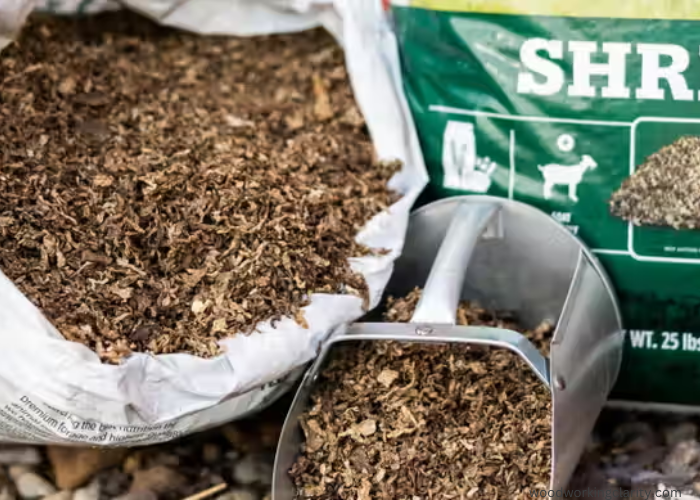
Dos & Don’ts of Feeding Beet Pulp
Dos:
1. Always soak beet pulp before feeding. Use plenty of water to let it expand fully and soften. Shredded beet pulp needs about 15-30 minutes, while pellets may need an hour or more.
2. Start with small amounts and gradually increase. This helps your horse get used to the new feed and reduces the risk of digestive upset.
3. Combine soaked beet pulp with your horse’s regular feed to add fiber and calories without overwhelming their diet.
4. Adjust the amount of beet pulp based on your horse’s needs, activity level, and weight goals.
5. Get professional advice on how much beet pulp to add based on your horse’s specific needs and health conditions.
Don’ts:
1. Never feed dry beet pulp. It can expand in the horse’s throat or stomach, leading to choking or colic. Always soak it thoroughly.
2. Avoid giving too much beet pulp. Overfeeding can lead to weight gain or an unbalanced diet. Stick to one to two pounds of dry weight per day for most horses.
3. Beet pulp is a supplement, not a full meal replacement. It lacks some essential nutrients that horses get from hay, grains, or balanced feed.
4. Some horses may have sensitivities. If you notice any signs of digestive upset, stop feeding beet pulp and consult a vet.
Nutrients in Beet Pulp
| Nutrient | Amount (per kg of dry beet pulp) | Benefits |
| Crude fiber | 180-220 g | Supports healthy digestion; provides slow-release energy; aids in maintaining gut motility. |
| Digestible energy | 10-12 MJ | Offers a source of energy without high sugar or starch; suitable for weight gain and active horses. |
| Crude protein | 70-100 g | Supports muscle maintenance and repair; provides essential amino acids for overall health. |
| Calcium | 7-10 g | Aids in bone health; helps balance high phosphorus diets from grains; supports muscle function. |
| Phosphorus | 0.5-1.5 g | Works with calcium for strong bones and teeth; supports energy metabolism and muscle function. |
| Sugar | 50-100 g | Low sugar content; suitable for horses with insulin resistance, Cushing’s disease, or obesity. |
| Starch | < 10 g | Low starch content; reduces the risk of digestive issues like colic or laminitis in sensitive horses. |
| Moisture (when soaked) | Varies (soaked to desired consistency) | Provides hydration, especially beneficial in hot climates or for horses that drink less water. |
Advantages of Beet Pulp for Horses
Here are some advantages of feeding beet pulp to horses:
High in digestible fiber. Beet pulp is packed with fiber, which helps with digestion and provides steady, slow-release energy. It’s great for gut health and can prevent colic.
Low in sugar and starch. It’s low in sugar and starch, making it a safe choice for horses with insulin resistance or metabolic issues. It helps avoid sugar spikes and reduces the risk of laminitis.
Helps with weight gain. Beet pulp adds calories without extra sugar or starch. It’s perfect for underweight horses or those needing to maintain weight, especially “hard keepers” or those recovering from illness.
Supports hydration. When soaked, beet pulp holds water. This helps keep horses hydrated, especially in hot weather or for those that drink less.
Easy on sensitive stomachs. It’s gentle on the stomach and less likely to cause digestive upset. Ideal for horses with ulcers, seniors, or those with sensitive digestive systems.
Balances calcium and phosphorus. It contains more calcium, balancing diets high in phosphorus from grains. This is crucial for bone health and overall balance in the diet.
Disadvantages of Feeding Beet Pulp to Horses
Here are four disadvantages of feeding beet pulp to horses:
Requires soaking. Beet pulp must be soaked before feeding. If fed dry, it can swell and cause choking or colic. Soaking takes time and effort, which can be inconvenient for some horse owners.
Risk of nutritional imbalance. Beet pulp is not a complete feed. Relying too much on it without balancing with other feeds can lead to nutrient deficiencies, particularly in protein, vitamins, and minerals.
Potential for overfeeding. It’s easy to overfeed beet pulp, especially when trying to help a horse gain weight. Too much can cause weight gain or digestive upset. It’s important to measure and balance it carefully.
Limited shelf life when soaked. Once soaked, beet pulp can spoil quickly, especially in warm weather. It needs to be fed immediately or stored properly to avoid mold and spoilage, which can be harmful to horses.
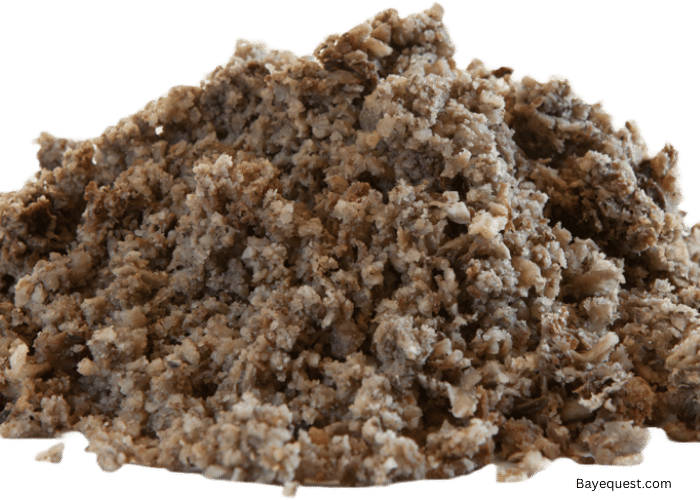
Potential Risks and Considerations of Beet Pulp for Horses
Feeding beet pulp to horses has its benefits, but there are some things you need to watch out for.
First off, always soak it. Dry beet pulp can swell when it gets wet, and if a horse eats it dry, it can expand in their throat or stomach.
That can lead to choking or colic, and that’s a situation no one wants to deal with. So, make sure it’s soaked and soft before feeding.
Another thing to keep in mind—beet pulp isn’t a complete feed. It doesn’t have all the vitamins and minerals a horse needs.
If you feed too much beet pulp without balancing it with hay, grain, or supplements, you could end up with a nutritional gap. Your horse might miss out on important nutrients like protein or certain minerals. It’s about balance.
And don’t overdo it. Too much beet pulp can lead to weight gain or digestive upset. It’s easy to think that more is better, especially if your horse needs to gain weight, but moderation is key.
Finally, once you’ve soaked it, don’t let it sit around. Soaked beet pulp can spoil quickly, especially in hot weather.
Spoiled feed is dangerous—it can lead to colic or other health issues. So, prepare only what you need, and feed it fresh.
FAQs
Can beet pulp replace hay completely?
No, beet pulp shouldn’t replace hay completely. Hay provides long-stem fiber that’s essential for a horse’s gut health and natural chewing behavior. Beet pulp is a great supplement but not a full replacement. It adds fiber and calories, but horses still need hay or pasture to keep their digestive systems healthy.
How long should beet pulp be soaked?
Shredded beet pulp usually needs about 15 to 30 minutes to soak and soften up. Pelleted beet pulp takes longer, around an hour or more, to get fully soaked.
Is beet pulp safe for horses with insulin resistance?
Yes, beet pulp is safe for horses with insulin resistance. It’s low in sugar and starch, which makes it a good option for horses that need to avoid sugar spikes. Just make sure it’s plain beet pulp without added molasses.
Will feeding beet pulp help my horse gain weight?
Yes, beet pulp can help your horse gain weight. It’s a good source of digestible fiber and provides calories without the high sugar and starch content of some grains. It’s helpful for horses that are “hard keepers” or need extra calories to maintain or gain weight.
Beet Pellets for Horses: Conclusion
Beet pulp isn’t just filler; it’s a solid option for many horses. It’s high in fiber, low in sugar, and gentle on their stomachs.
It helps with weight gain, supports hydration, and balances diets. But remember, it’s a supplement, not a replacement for hay.
Soak it well, feed it right, and keep an eye on your horse’s needs. Talk to your vet if you’re unsure.
Beet pulp can be a great addition to their diet, but like all things, it works best when balanced and done with care.




